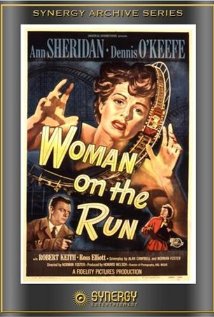 Noir City Hollywood starts Friday at the Egyptian Theatre in Hollywood. The famed fest, now in its 17th year, kicks off with an Ann Sheridan double feature: “Woman on the Run” (1950, Norman Foster) and “The Unfaithful” (1947, Vincent Sherman).
Noir City Hollywood starts Friday at the Egyptian Theatre in Hollywood. The famed fest, now in its 17th year, kicks off with an Ann Sheridan double feature: “Woman on the Run” (1950, Norman Foster) and “The Unfaithful” (1947, Vincent Sherman).
In “Woman on the Run,” police believe Sheridan can lead them to a key witness in a San Francisco gangland killing. The snag is she doesn’t want to feed them info. The witness is her husband (Ross Elliott), but she’s done with him. To hell with helping out! Dennis O’Keefe plays an enterprising (is there any other kind?) newspaperman.
In “The Unfaithful,” Sheridan has a dalliance that leads to death. Not hers, natch. David Goodis and James Gunn wrote the script (based on W. Somerset Maugham’s “The Letter”) and set the story in Los Angeles. Featuring Zachary Scott, Lew Ayres and the always-delightful Eve Arden.
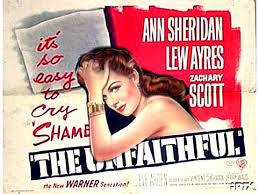 Noir City Hollywood will screen 26 films over 12 nights! The fest, which is presented by the American Cinematheque in collaboration with the Film Noir Foundation, runs through April 19. Eddie Muller and Alan K. Rode of the Film Noir Foundation will introduce the movies.
Noir City Hollywood will screen 26 films over 12 nights! The fest, which is presented by the American Cinematheque in collaboration with the Film Noir Foundation, runs through April 19. Eddie Muller and Alan K. Rode of the Film Noir Foundation will introduce the movies.
“Woman on the Run” was restored in 2014 by the Film Noir Foundation in conjunction with the UCLA Film & Television Archive. Restoration funding for “Woman on the Run” was provided by the Hollywood Foreign Press Association’s Charitable Trust through the Film Noir Foundation. “The Unfaithful” screens in a 35mm print.





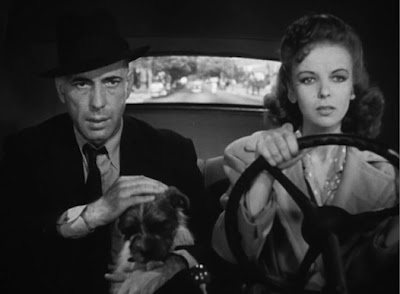
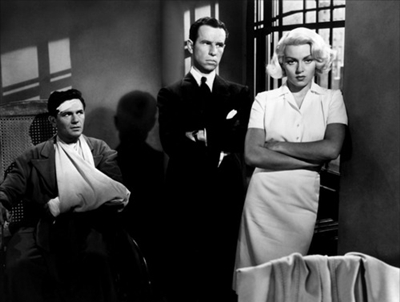
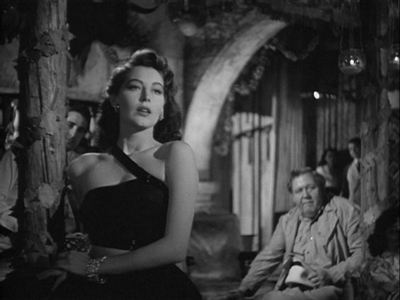
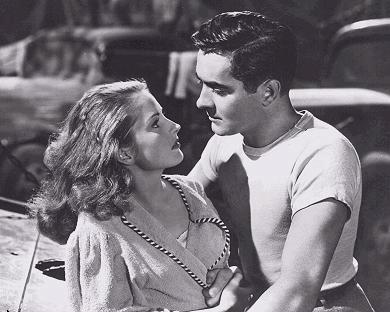
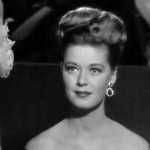
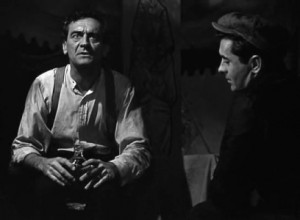





From FNB readers